Editor’s Note: This is Part III of Mark Ogne’s “Let’s Grow This ABM Thing” series here on ABM In Action. You can review earlier articles: Part I and Part II.
Targeting is the key mechanism to deliver high-value and timely interactions. It’s the centerpiece of ABM orchestration, which is the single greatest contributor to high-performance ABM based upon the research our team has conducted since way back in 2015.
At its core, targeting relates to the ability to identify audiences, deliver outbound messages that speak to their individual needs and then recognize them as their buyer’s journey subsequently crosses your path. Once recognized, the sales or marketing system at hand can grab the right content, deliver it and record their response.
The Targeting Gap
Despite an expansive flow of technology innovation and a resounding drumbeat of content on the topic of customer engagement, marketing leaders are not yet sure how to evaluate or direct their organizations in these areas: More than half of executives believe that they are strong at targeting experiences to segmented groups, yet only 38% can target a new customer versus a returning customer and only 13% can deliver a segmented experience and measure the results.
These gaps represent the foundational issues that preclude successful engagement and much of ABM best practices have yet to solve this underlying problem.
As a result, less than 0.5% of data is analyzed. Waiting to solve this problem will prove harder and riskier as time goes by. Digital data is growing exponentially, doubling each year, and this data is changing, becoming more complex and harder to reach: 80% of data is unstructured and nearly 100% is locked in platform silos.
ABM targeting is failing on two dimensions:
- Who – Tribal knowledge of how to select companies, to this point, has been too high-level to become actionable. A lot of content identifies predicative analytics or intent data as a touchstone for sourcing this data, but others debate that sales and marketing leaders should define desired attributes. These options are either temporary states of a target account or anecdotal, yet the results need to deliver groups of accounts who share similarity in their needs and potential responses to your next stage of sales and marketing activities.
- How – Best practice today relegates targeting to point solution delivery platforms. Research from CEB and AMA shows enterprise marketers target and personalize messages using an average of five platforms. How can this make sense if other research from McKinsey shows buyers rely upon a similar number of channels to evaluate vendors? Using this best practice, 59% of marketers and nearly 70% of buyers leave the experience disappointed.
All are great ideas, but every one of them is incomplete.
The core of ABM targeting is broken. If you manage an ABM program, perhaps an ad delivery platform, are you able to select audiences using the exact same methodology as your other channels — that is, can you coordinate content approach and cadence with other sales and marketing platforms? For those who can, you’re an elite rock star. For the rest of us, ABM is doing nothing more than serving silos of delivery rather than target accounts. It is a state of disorder, lacking any recognition of an authoritative strategy, content, approach or objectives.
Avoid ABM Anarchy, Organize Your Approach!
Let’s start with the end goal in mind. Regardless of the company you work for, there are a limited number of prospective companies that are willing to pay you more money and stay longer, simply because they agree with and understand your value proposition better. Your solution is more valuable to them.
The goal of ABM is to define these companies, group them based upon perceived similarity of needs and make them the centerpiece of all your content and message delivery decisions.
ABM anarchy prevails when marketers fall into two traps:
1) They incorrectly assume that accounts on a target account list share similar needs:
Target account lists are too high-level to support an ABM program focused on targeted personalization. Let’s go back to the ideal companies — some share characteristics that give clues as to needs, a place to start and how to measure your ABM program.
Segmentation is about separating your target accounts into groups that have common characteristics, including needs and interests. Why is this important? It gives you a starting point for organizing and scaling ABM based upon the needs of the accounts.
Equally important, within each segment are different accounts at differing stages of their buyer’s journey. Some haven’t heard of your company, while others may have existing opportunities.
By combining shared needs at a meta level with the stage of engagement, ABM practitioners can now get dangerously close to defining an account-based content strategy for any target account. Below, I’ve shared our “Engagement Matrix,” a tool we use as an ABM targeting framework.
2) They target using an inconsistent strategy across platforms.
Nothing epitomizes this point more than the unnecessary debate that exists around display ad targeting. Should it be cookies, geo, context, IP, or something else? This whole debate misses the key point — display ad targeting needs to reflect ABM targeting, a strategy for all accounts, across all platforms.
ABM anarchy starts when marketers group accounts at too high of a level and it goes out of control when they fragment their targeting methodology across platforms and teams.
When targeting is focused on isolating audience needs and can operate consistently across platforms and teams, it becomes the framework to scale relevant content — the framework to deliver contextually relevant, personalized ABM engagement.
ABM Targeting Framework
This is the antidote to ABM anarchy. We call this the “ABM Engagement Matrix,” a key piece of intellectual property for the ABM Consortium. Since its introduction three years ago, it’s helped countless marketers simplify the organizing principles of their ABM program.
When using this tool, focus first on the segments. Select a target account list and then identify attributes of those companies that indicate similar needs for your offering. Use them to select which accounts to pour into a segment. Then, apply your own buyer’s journey framework to the columns. Simply replace the column titles by those you already know and are familiar with using. You’ll find accounts start to bucket into cells within their columns.
Each cell becomes an ABM program designed to move target accounts one cell to the right. ABM is literally that simple. For example, do you have the content and insight necessary to deliver messages that move target accounts in segment #1 from an awareness issue to a consideration issue? How successful are you at doing this? Which segments or stages of engagement are you most successful at addressing and which ones do you have the most addressable content?
I’d like to challenge each reader to examine this for their own business. Reach out to me via LinkedIn if you have any questions or feedback… love to hear it all!





